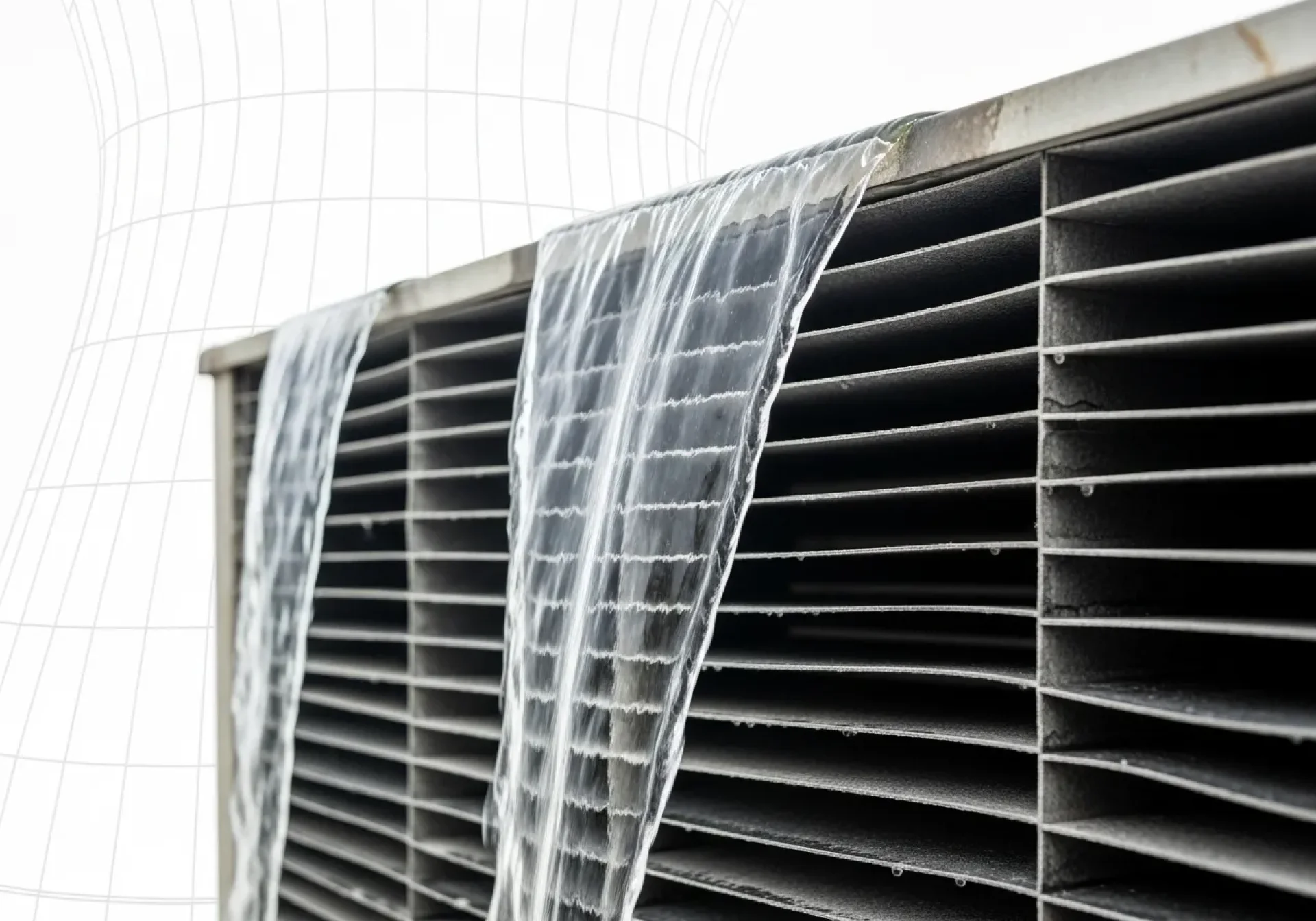Cooling Tower Fill: Principles, Proper Selection, and Easy Maintenance

Cooling Tower Fill: The Heart of Heat Transfer
In a cooling tower system, the cooling tower fill, often called the heat transfer media, is the core of the heat exchange between warm water and air. If the wrong type or material is chosen, efficiency drops quickly. This leads to increased fan energy consumption, higher water and chemical treatment costs, and a higher risk of scale and algae buildup, which can cause blockages. This seemingly simple component directly impacts both the system's performance and overall cost.
In short: Properly selecting and maintaining cooling tower fill = achieving the desired temperature reduction, using less energy, and extending the lifespan of all system components.

How Cooling Tower Fill Works and Its Types
Cooling tower fill's primary function is to increase the surface area for water to contact air for a longer duration and to distribute water evenly. There are two main design approaches:
- Film Fill: Creates a thin sheet of water that coats the fill's surface. It has a high contact surface area and is suitable for water with low dissolved solids or well-controlled water quality. It offers high heat transfer efficiency (low approach) but is susceptible to clogging from scale or suspended solids.
- Splash Fill: Breaks water into droplets and splashes it across multiple layers. It is more resistant to scale and dirt, making it suitable for applications with high suspended solids or inconsistent water quality. However, its efficiency may be slightly lower than film fill under clean water conditions.
Tip: If the water is clean and controllable, choose **Film** for maximum efficiency. If the water is dirty/fluctuating, choose **Splash** for durability and reduced clogging.
Materials and Specifications to Know
- PVC (Polyvinyl Chloride): Widely used, cost-effective, and has a decent temperature resistance. Suitable for general applications.
- PP (Polypropylene): Stronger, better resistance to heat and chemicals. Ideal for high-temperature or chemically contaminated water.
- FR Grade (Flame Retardant): Provides fire resistance and is used in sites with high safety standards.
Other specifications that impact performance include: channel structure (corrugated/cross-fluted), material thickness, channel spacing (louver/flute size), stacking pattern, and installation method.
Criteria for Proper Selection
Choosing the right cooling tower fill requires considering multiple factors, not just the price:
- Water Quality: TSS/SiO/hardness/biological content. If it's difficult to control, lean towards Splash Fill.
- Temperature and Heat Load: Hot water inlet temperature, desired Range and Approach, and local climate conditions.
- Structural Constraints: Internal tower space, weight capacity, and access for maintenance.
- Total LifeCycle Cost: Fan energy costs, makeup/blowdown water costs, chemical treatment, fill cleaning labor, and replacement frequency.
- Compatibility with Other Components: Water distributor, drift eliminator, and water treatment system.
Preventative Maintenance
Even with the correct selection, maintenance is equally important:
- Check Water Distribution Quarterly: Water should cover the entire fill area, with no dry zones.
- Clean Deposits/Scale Based on Water Quality: Use appropriate water pressure or non-corrosive cleaning agents.
- Control Chemical/Biological Treatment: Maintain pH and control algae/bacteria to reduce biofilm formation.
- Record Operating Data: ΔT, Approach, and fan amperage to detect degradation before major failure.
Signs It's Time to Replace the Fill
- Fill becomes brittle, cracked, broken, or warped from heat.
- The temperature reduction (Approach) noticeably worsens, even with the same load.
- Blockages, overflow, incorrect water flow, or unusual water odor/color persist even after cleaning.
- Fan amperage/load increases to compensate for the drop in performance.
Example Use Case
A factory with hard water and high suspended solids chose high-temperature PP Splash Fill. They also adjusted the spray nozzles to create a finer spray. As a result, clogging decreased, downtime for cleaning was reduced, and the approach returned to its target without needing to increase fan speed.
Conclusion
Choosing and maintaining cooling tower fill isn't just about buying the right size; it's about designing performance in conjunction with water quality, site conditions, and total lifecycle cost. If you need technical advice for your site, the Innovek team is happy to help you evaluate suitable specifications, supply, install, and plan maintenance to ensure your system operates cost-effectively and for a long time.


